You can add any HTML here
We suggest you to create a Saved Template in Dashboard -> Templates -> Saved Templates and use it by switching content type above to Saved template.
Raspberry Pi Camera Module 2
3,500.00৳ Original price was: 3,500.00৳ .3,200.00৳ Current price is: 3,200.00৳ .
The Raspberry Pi Camera Module 2 replaced the original Camera Module in April 2016
The Raspberry Pi Camera Module 2 replaced the original Camera Module in April 2016. The v2 Camera Module has a Sony IMX219 8-megapixel sensor (compared to the 5-megapixel OmniVision OV5647 sensor of the original camera).
The Camera Module 2 can be used to take high-definition video, as well as stills photographs. It’s easy to use for beginners, but has plenty to offer advanced users if you’re looking to expand your knowledge. There are lots of examples online of people using it for time-lapse, slow-motion, and other video cleverness. You can also use the libraries we bundle with the camera to create effects.
You can read all the gory details about IMX219 and the Exmor R back-illuminated sensor architecture on Sony’s website, but suffice to say this is more than just a resolution upgrade: it’s a leap forward in image quality, color fidelity, and low-light performance. It supports 1080p30, 720p60 and VGA90 video modes, as well as still capture. It attaches via a 15cm ribbon cable to the CSI port on the Raspberry Pi.
The camera works with all models of Raspberry Pi 1, 2, 3 and 4. It can be accessed through the MMAL and V4L APIs, and there are numerous third-party libraries built for it, including the Picamera Python library. See the Getting Started with Picamera resource to learn how to use it.
All models of Raspberry Pi Zero require a Raspberry Pi Zero camera cable; the standard cable supplied with the camera module is not compatible with the Raspberry Pi Zero camera connector. Suitable cables are available at low cost from many Raspberry Pi Approved Resellers and are supplied with the Raspberry Pi Zero Case.
The camera module is very popular in home security applications and wildlife camera traps.
Only logged in customers who have purchased this product may leave a review.

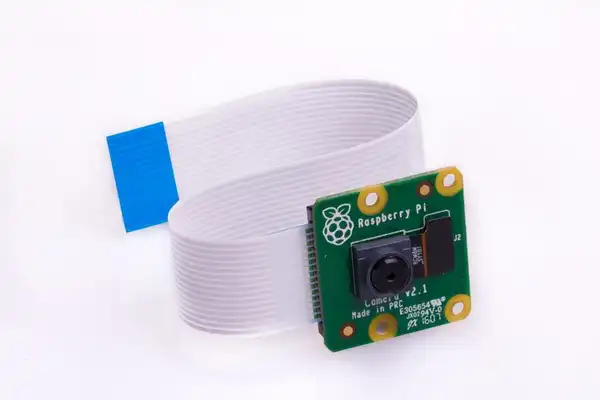








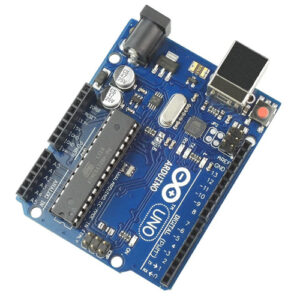
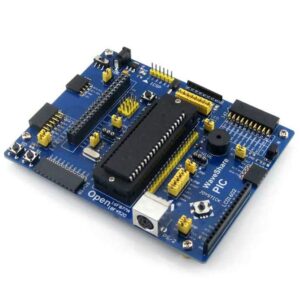
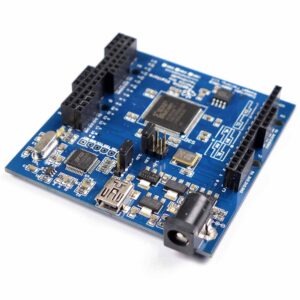








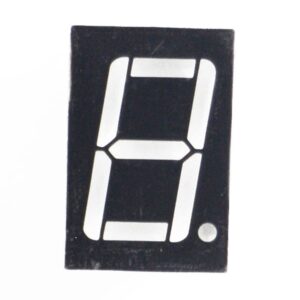




Reviews
There are no reviews yet.